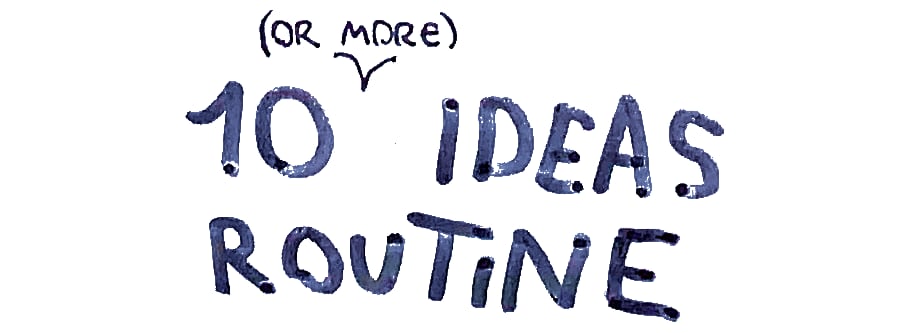
⚠️ This post is based on proof-of-noob protocol. do not try this at home!⚠️
One of the mandatory components that take part in a blockchain is its “proof system”. On most famous blockchains, this proof system will protect the network, regulate the creation and rewarding of tokens.
In a hypothetical (and very unsafe blockchain), the “proof system” may be simplified to the rule that distributes the generated tokens.
There are no hardcoded rules about how should or should not be a proof system, but in general, the system tries to make requires the same amount of sacrifice (a work, a bet, a risk) to generate the same amount of tokens.
PoW: The most famous proof system is Proof-of-Work.
It consists of computing operations that are considered as difficult to solve, and that requires an investment in term of hardware (GPUs) and electricity.
The more money you invest, the more tokens you can generate.
PoS: A more eco-friendly alternative that does not require a significant amount of investment is the Proof-of-Stake, which consists of taking a risk by blocking a certain amount of coins (that protects the network).
The more you invest (the more risks you take), the more tokens you can generate.
DPoS: Similar to PoS, the Delegate Proof-of-Stake approach allows you to delegate your tokens to a validator by voting for them, then they will generate tokens thanks to your vote, and distribute a part of these revenues to their voters.
The more the validator you voted for is compelling, the more it generates token; but also, the more voters there are on a validator, the less you will receive because the earned revenue is split between voters.
PoA: Less known, the Proof-of-Authority is also a working “proof system.”
It consists of having a system (in general centralized) that takes the responsibility of allowing people to forge tokens.
The more the authority likes you, the more tokens you can generate.
In general, the PoA systems are centralized, opaque, and riskier than other systems.
You can think about the PoA as if a king or a dictator or an organization defines who can have money.
What I like about the PoA system, is that as soon as you manage to create a “good dictator,” a system that rewards good actions, PoA can become the engine of an autonomous system that encourages being good within a community.
Note: as soon as a model works with PoA, it’s still possible to imagine creating a decentralized system that will collectively apply the same verification rule, but it’s sometimes complicated to protect the network against attackers that would have a significant amount of nodes and simulate an invalid consensus
Let’s be clear, even if the following list may be developed, the ideas are more fun than useful, and most of them suffer from being vulnerable to attacks.
§The ideas
- Proof-of-Turn-by-turn: each minute, a new token is generated by the first node on the list which then goes return back automatically to the end of the list. If a new node arrives in the community, it’s automatically added at the end of the list.
- Proof-of-Luck (game edition): Take a game like Rock-paper-scissors, each round, everyone can play, at the end of the round, the winner(s) gains a coin.
- Proof-of-Luck (random edition): Each minute, a random node receives a coin.
- Proof-of-Unluck (weather edition): Each node is geo-located based on its IP address. Each minute, a new token is provided to the node with the worst weather.
- Proof-of-Luck (gambling edition): I’m not an expert here, but I know that some gambling games allow voting for something and the more the probability is risky, the more you can win.
- Proof-of-(real)-Work) (git edition): Each minute, a system check if there were merged commits on a project, if yes, the author of the commits generates new coins. A similar system already exists on blockchain in the form of bug bounty, but this is not a proof of work, because, coins are delivered by a third-party wallet, not by the system itself.
- Proof-of-Anarchy: Anyone can request coins; the system gives them without any question.
- Proof-of-Love: ❤️ (sorry, no idea here, but we need a Proof-of-Love based blockchain.)
- Proof-of-Skill (e-sport edition): Winner(s) of a counter-strike competition generates coins. Can also be done, on a frag level.
- Proof-of-(real)-Work (forgery edition): the idea is not clear in my head for this one, but I would dream having an IRL metal chain that is the blockchain itself, each forger generates the next block by appending new metal circles to the chain.
- Proof-of-Pay-Your-Taxes: Government authorizes you to generate a coin if you pay your taxes.
- (Guest idea) Proof-of-Woof by zôÖma: you are rewarded each time your dog 🐶 makes a woof (an IoT device records and submits each woof automatically).
- Proof-of-Reading: an eye-tracking system based on your webcam rewards you because you read this post entirely (thank you!)
